
Find Help
More Items From Ergsy search
-

Are there any dietary factors that influence GLP-1 secretion?
Relevance: 100%
-
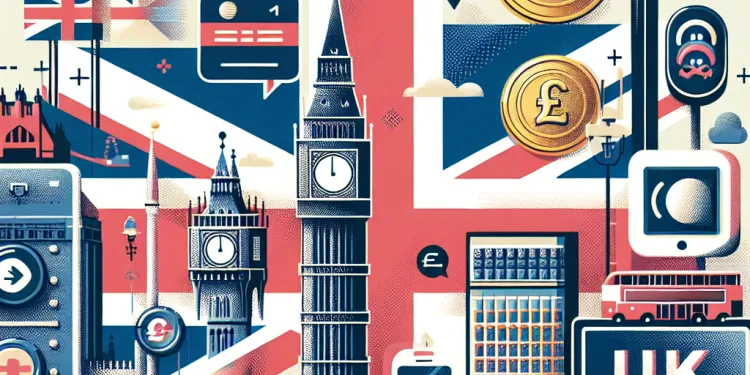
What is GLP-1?
Relevance: 49%
-
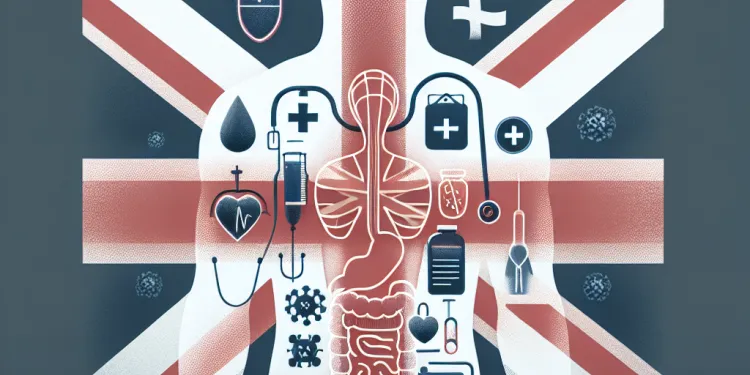
Where is GLP-1 produced in the body?
Relevance: 45%
-

What is the connection between GLP-1 and insulin?
Relevance: 44%
-
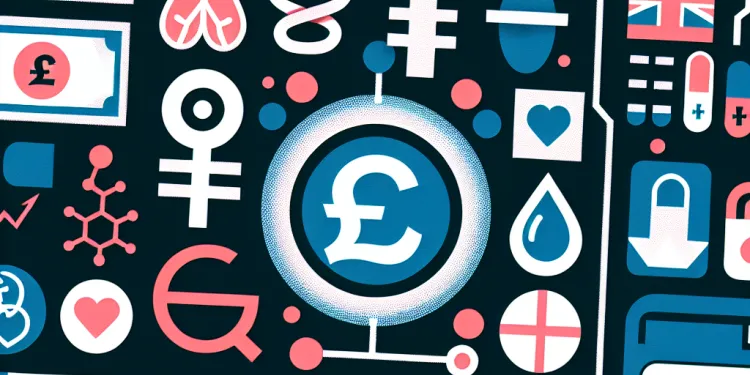
Is GLP-1 related to any other hormones?
Relevance: 43%
-

What is the half-life of GLP-1?
Relevance: 42%
-
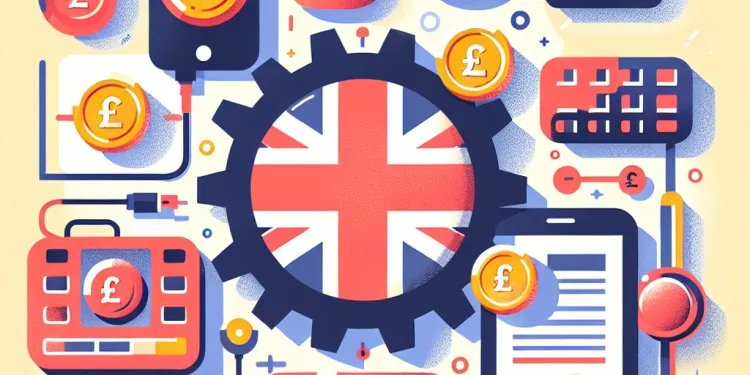
What does GLP-1 stand for?
Relevance: 41%
-

Is GLP-1 naturally occurring?
Relevance: 41%
-

What impact does GLP-1 have on glucose metabolism?
Relevance: 41%
-

How do GLP-1 receptor agonists work?
Relevance: 39%
-

Can GLP-1 levels be measured?
Relevance: 39%
-
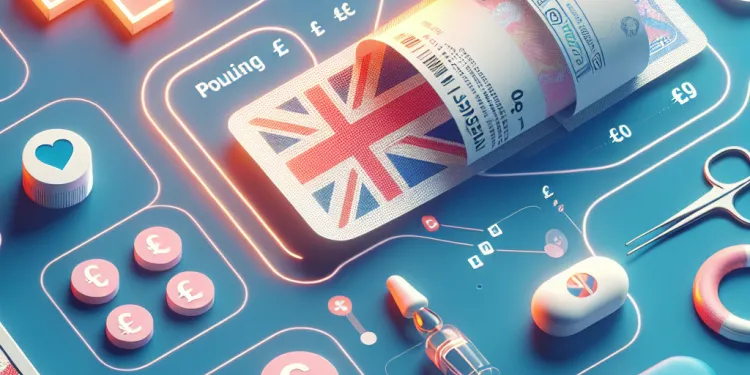
Can GLP-1 be used as a medication?
Relevance: 38%
-
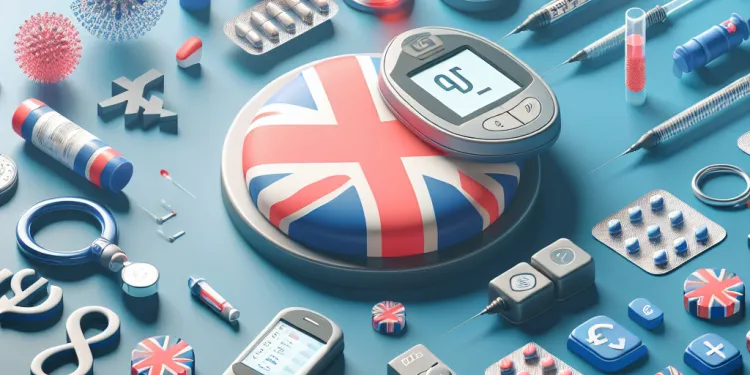
What role does GLP-1 play in diabetes management?
Relevance: 38%
-
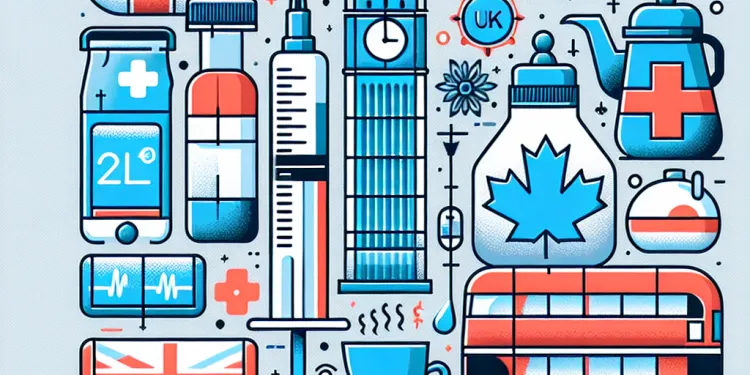
Are GLP-1 medications injectable?
Relevance: 38%
-
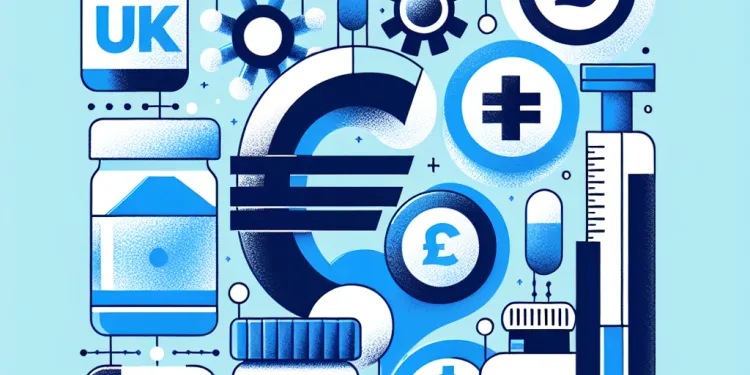
Are there any GLP-1 medications that are taken orally?
Relevance: 37%
-
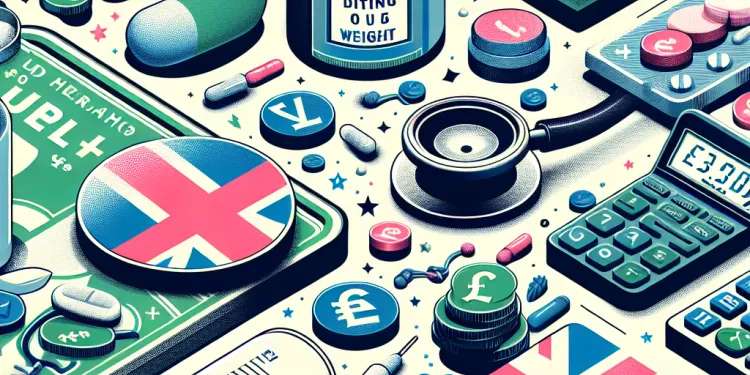
Do GLP-1 medications affect weight?
Relevance: 37%
-
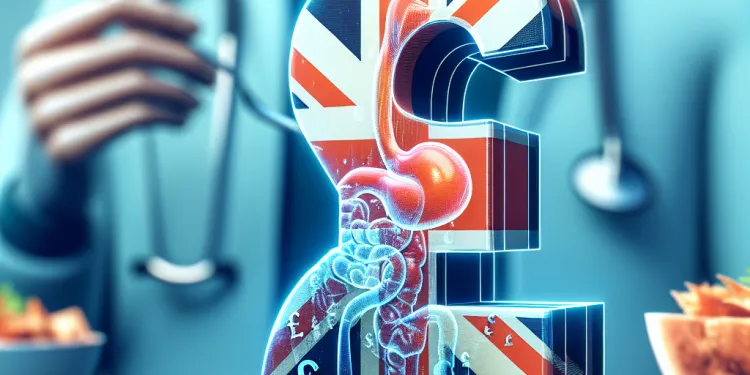
How does GLP-1 affect appetite?
Relevance: 34%
-
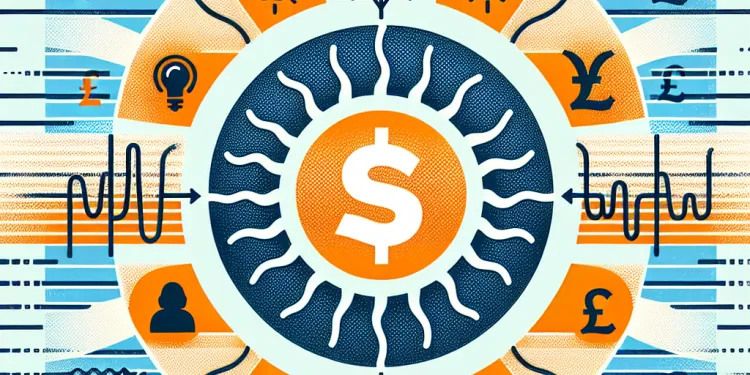
What is the normal pattern of cortisol secretion throughout the day?
Relevance: 32%
-
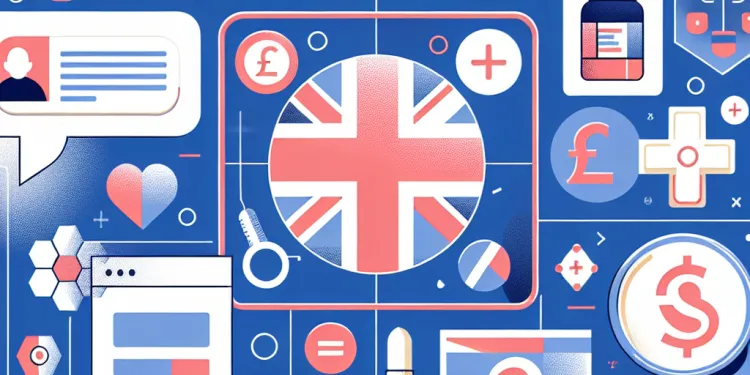
Are there any common side effects of GLP-1 medications?
Relevance: 30%
-
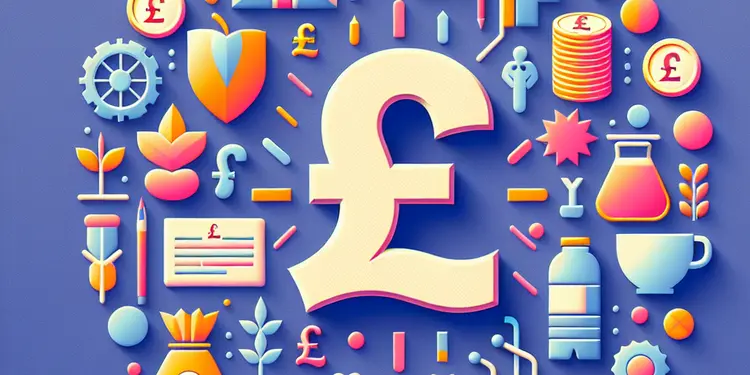
Are dietary needs accommodated in care homes?
Relevance: 27%
-
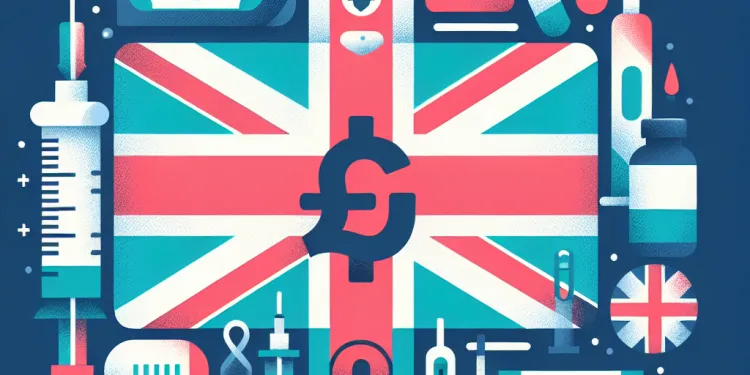
Can GLP-1 be used for type 1 diabetes?
Relevance: 25%
-
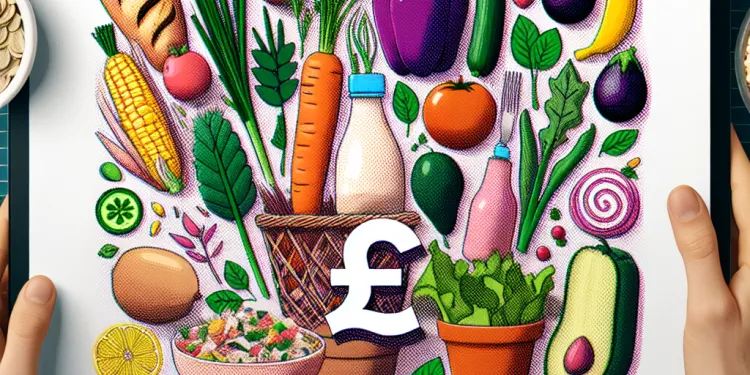
What happens if I have special dietary needs?
Relevance: 25%
-
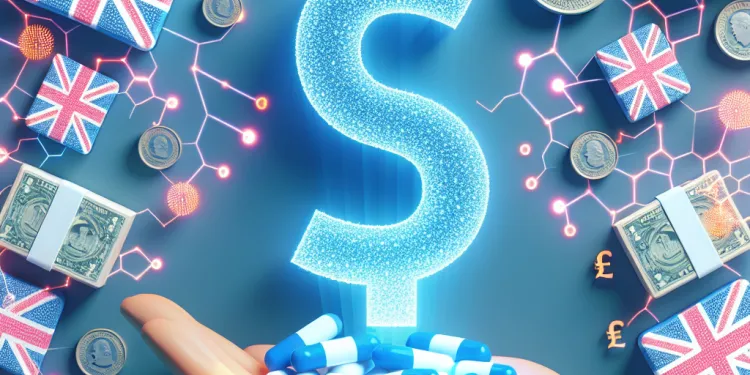
What are incretins?
Relevance: 24%
-

Does Baxdrostat interact with dietary supplements?
Relevance: 24%
-
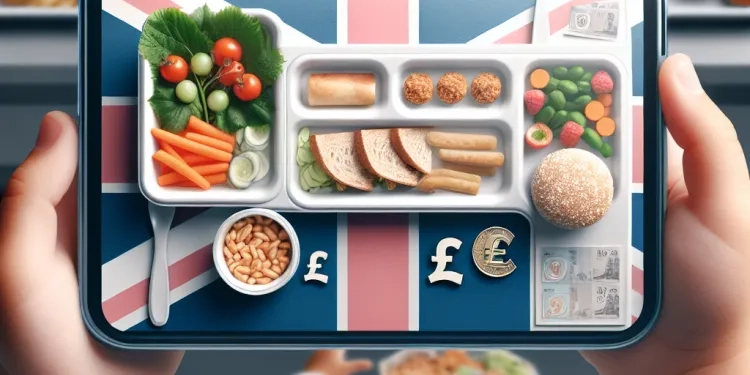
How are special dietary requirements catered for in school meals?
Relevance: 24%
-

Are there any societal factors that contribute to obesity?
Relevance: 22%
-
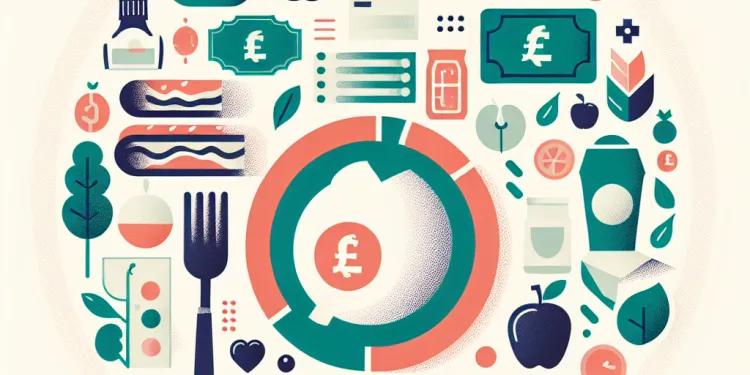
Are there any dietary restrictions before a C-section?
Relevance: 22%
-

Are there any dietary restrictions before taking a fecal occult blood test?
Relevance: 22%
-
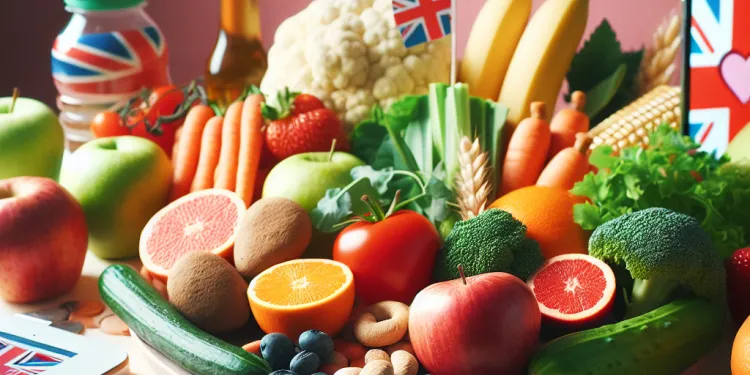
What dietary changes can help manage Crohn's disease?
Relevance: 21%
-
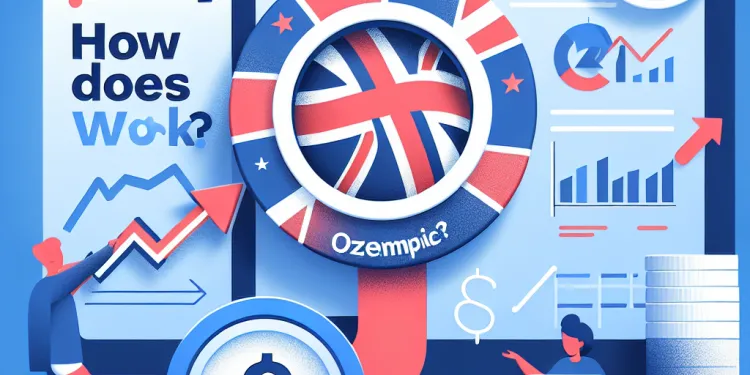
How does Ozempic work?
Relevance: 21%
-

How does Mounjaro work?
Relevance: 21%
-
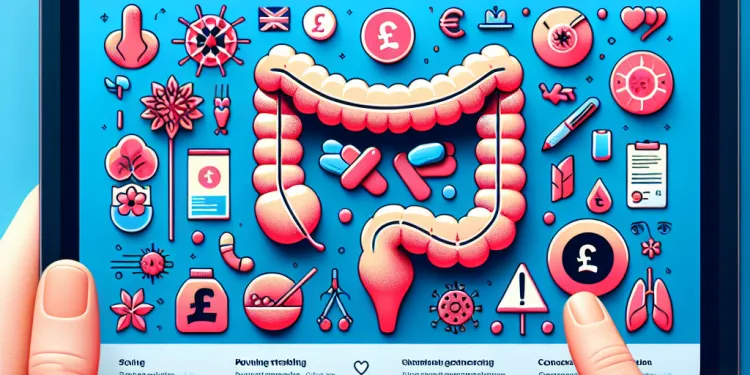
What are the risk factors for bowel cancer?
Relevance: 21%
-
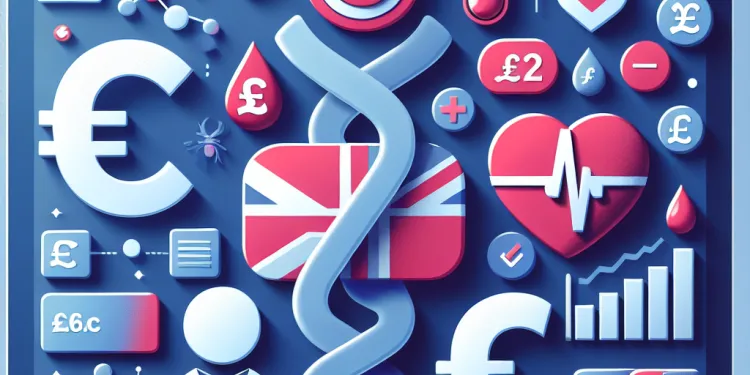
What are the risk factors for thrombosis?
Relevance: 20%
-

What is the active ingredient in Mounjaro?
Relevance: 19%
-

Are there cultural factors in binge drinking?
Relevance: 19%
-
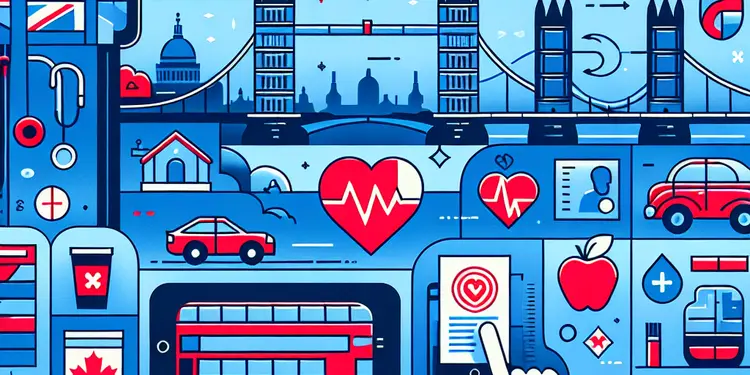
What are the risk factors for a heart attack?
Relevance: 19%
-
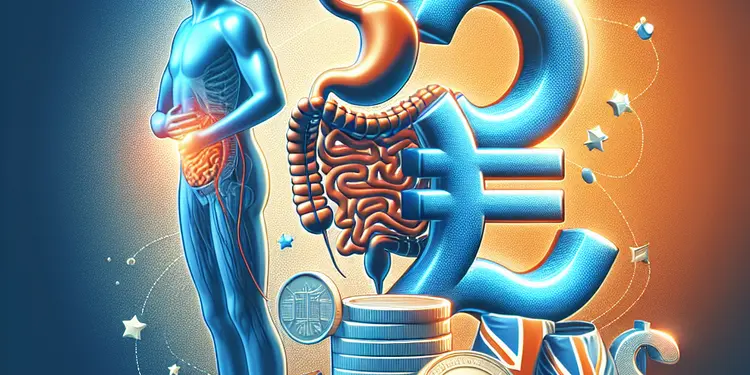
What factors increase my risk of colorectal cancer?
Relevance: 18%
-

Can Mounjaro be used in type 1 diabetes?
Relevance: 17%
-
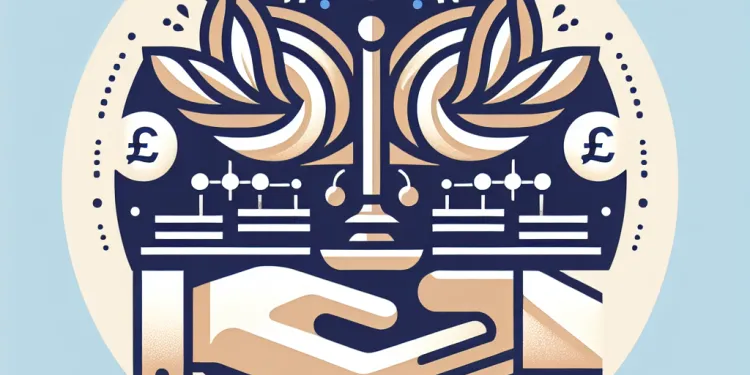
Is there any risk of hypoglycemia with Mounjaro?
Relevance: 17%
-
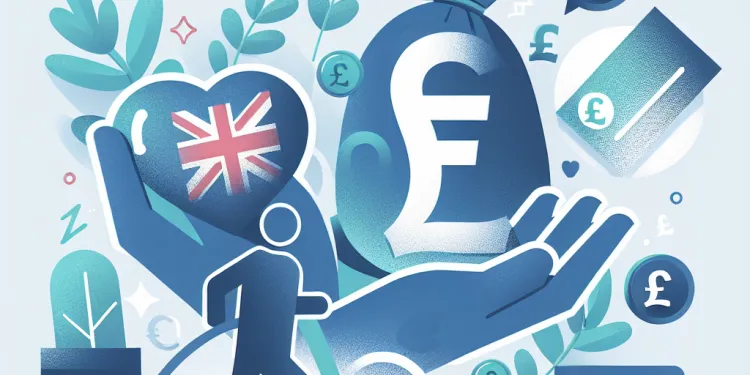
What are risk factors for developing sleep apnea?
Relevance: 17%
Understanding GLP-1 Secretion
Glucagon-like peptide-1 (GLP-1) is an incretin hormone that plays a vital role in glucose metabolism and appetite regulation. It is secreted by the intestinal L-cells primarily in response to food intake. Understanding the dietary factors that influence GLP-1 secretion is crucial as it can have significant implications for managing conditions like type 2 diabetes and obesity.
Impact of Macronutrients on GLP-1 Secretion
Different macronutrients can stimulate GLP-1 secretion to varying degrees. Carbohydrates, especially those that are rapidly digestible and absorbed, can enhance GLP-1 release. High-glycaemic index foods tend to promote GLP-1 secretion due to their rapid impact on blood glucose levels. Proteins are also strong stimulators of GLP-1. Foods rich in protein, such as lean meats and legumes, can enhance GLP-1 levels. Interestingly, the presence of dietary fats can also influence GLP-1 secretion. Although fats are slower to stimulate GLP-1, their effects are longer-lasting, which can be beneficial for sustained glucose control.
Role of Fibre in GLP-1 Modulation
Dietary fibre, particularly soluble fibre, has been shown to positively impact GLP-1 secretion. Fibres help slow down the digestive process, ensuring a steady release of glucose into the bloodstream. This slow digestion is conducive to a gradual and sustained release of GLP-1. Foods rich in fibre such as fruits, vegetables, and whole grains are thus beneficial in promoting GLP-1 secretion, which can support better glycaemic control and satiety.
Fermentation and Short-Chain Fatty Acids
The fermentation of dietary fibres by gut microbiota produces short-chain fatty acids (SCFAs), which can stimulate the secretion of GLP-1. Foods that enhance such fermentation include prebiotics and probiotics, which improve gut health and are associated with increased GLP-1 levels. Therefore, incorporating fermented foods like yoghurt and kimchi into the diet could potentially modulate GLP-1 levels beneficially.
Effect of Nutritional Timing and Meal Frequency
Besides the type of food, the timing and frequency of meals can influence GLP-1 secretion. Consuming frequent, smaller meals can stimulate more consistent GLP-1 secretion, thus helping in effective glycaemic regulation. Conversely, infrequent meals may lead to irregular GLP-1 levels.
Conclusion
Overall, diet plays a significant role in modulating GLP-1 secretion, which is crucial for managing metabolic health. Incorporating a balanced intake of macronutrients, increasing fibre consumption, and including fermented foods can help bolster GLP-1 levels. Moreover, maintaining regular meal patterns is also beneficial. By understanding and applying these dietary influences, individuals can better manage their glucose levels and appetite, promoting overall health and well-being.
Understanding GLP-1 Secretion
GLP-1 is a special chemical (hormone) in your body. It helps control sugar in your blood and tells your brain when you are full. Your body makes GLP-1 after you eat food. Learning how what you eat changes GLP-1 can help with health issues like diabetes and being overweight.
How Different Foods Affect GLP-1
Different types of food can change how much GLP-1 your body makes. Carbs, which are in bread and pasta, can make a lot of GLP-1. Sugary foods can also increase GLP-1 quickly. Protein-rich foods like meat and beans are good at making GLP-1 too. Fats, like those in cheese, take longer to make GLP-1 but last longer, which helps keep blood sugar steady.
The Role of Fibre
Fibre can help your body make GLP-1. It slows down digestion, letting sugar enter your blood slowly. This slow process helps make more GLP-1 and keeps you full longer. Foods like fruits, vegetables, and whole grains have lots of fibre and help make GLP-1.
Fermentation and Gut Health
When fibre gets broken down in your stomach, it makes something called SCFAs, which help make GLP-1. Foods that help this process include yoghurt and kimchi. Eating these can help your stomach stay healthy and make more GLP-1.
Eating Times and GLP-1
It’s not just what you eat but when you eat that matters. Eating smaller meals more often can help your body make GLP-1 regularly. If you eat less often, GLP-1 levels can be uneven.
Conclusion
Your diet can change how much GLP-1 your body makes. Eating the right mix of proteins, carbs, and healthy fats, getting enough fibre, and eating foods like yoghurt can increase GLP-1. Also, having regular meal times helps. By following these tips, you can keep your blood sugar and appetite in check, staying healthy and feeling good.
Frequently Asked Questions
What is GLP-1 and why is it important?
GLP-1 (glucagon-like peptide-1) is a hormone that plays a crucial role in glucose metabolism by enhancing insulin secretion, slowing gastric emptying, and promoting satiety.
How does diet affect GLP-1 secretion?
Diet can significantly influence GLP-1 secretion. Certain macronutrients and the overall composition of the diet can either enhance or inhibit GLP-1 release.
Do carbohydrates impact GLP-1 secretion?
Yes, carbohydrates can impact GLP-1 secretion. Ingestion of carbohydrates, especially complex carbohydrates, can stimulate GLP-1 release.
Which dietary fats influence GLP-1 secretion?
Certain dietary fats, particularly medium-chain triglycerides (MCTs), have been shown to stimulate GLP-1 secretion more effectively than long-chain triglycerides.
Can protein intake affect GLP-1 secretion?
Yes, protein intake can increase GLP-1 levels. Protein-rich foods have been shown to enhance GLP-1 secretion, promoting satiety.
Do dietary fibers play a role in GLP-1 secretion?
Dietary fibers, especially fermentable fibers, can enhance GLP-1 secretion by promoting the production of short-chain fatty acids in the gut.
Are there specific foods that increase GLP-1 release?
Certain foods such as whole grains, legumes, and some dairy products have been associated with increased GLP-1 secretion.
How does the gut microbiota influence GLP-1 secretion?
The gut microbiota can influence GLP-1 secretion by fermenting dietary fibers into short-chain fatty acids, which enhance GLP-1 release.
Does meal frequency affect GLP-1 levels?
Frequent smaller meals or snacks may sustain higher levels of GLP-1 compared to fewer, larger meals, as the digestive process is continually stimulated.
Can GLP-1 secretion be influenced by diet in the long term?
Long-term dietary patterns, such as high-fiber or high-protein diets, can modulate GLP-1 secretion and improve metabolic health over time.
Is there a connection between GLP-1 and obesity?
Yes, GLP-1 levels are often lower in individuals with obesity, and increasing GLP-1 through dietary means can assist in weight management.
Do artificial sweeteners affect GLP-1 secretion?
Some studies suggest that certain artificial sweeteners may affect GLP-1 secretion, though the evidence is mixed and more research is needed.
Can alcohol consumption impact GLP-1 levels?
Excessive alcohol consumption may negatively impact GLP-1 secretion, while moderate consumption might have minimal effects.
Does meal timing influence GLP-1 secretion?
The timing of meals can affect GLP-1 levels, with some evidence suggesting that eating earlier in the day may result in better hormonal responses.
Are there supplements that can influence GLP-1 secretion?
Certain supplements, like inulin and other prebiotics, may enhance GLP-1 secretion by influencing gut health and fermentation processes.
How do high-fat diets impact GLP-1 secretion?
While high-fat diets can acutely stimulate GLP-1 release, chronic high-fat intake might lead to reduced GLP-1 response and impair glucose regulation.
Can GLP-1 modulation through diet help with diabetes management?
Yes, enhancing GLP-1 secretion through dietary changes can improve insulin sensitivity and aid in the management of type 2 diabetes.
Does fasting affect GLP-1 levels?
Fasting can impact GLP-1 levels, often resulting in decreased secretion due to lack of nutrient intake; however, refeeding can significantly increase GLP-1.
Are there regional dietary patterns that affect GLP-1?
Diets high in fruits, vegetables, and whole grains, common in Mediterranean or plant-based diets, are often associated with enhanced GLP-1 levels.
Can individual variations affect how diet influences GLP-1 secretion?
Yes, individual factors such as genetics, existing health conditions, and gut microbiota composition can influence how diet impacts GLP-1 secretion.
What is GLP-1 and why does it matter?
GLP-1 is something inside your body. It helps control sugar in your blood.
GLP-1 is important because it can help people stay healthy.
To understand more, ask a doctor or nurse. They can help explain it.
GLP-1 is a hormone. Hormones are like messages in our body. GLP-1 helps control sugar levels. It does three big jobs:
- It helps the body make insulin. Insulin helps lower sugar in the blood.
- It helps slow down how fast the stomach empties food into the rest of the body.
- It helps you feel full after eating.
Some tools, like apps or reminders, can help you remember how to eat healthy and exercise. These things also help keep sugar levels steady.
How does food change GLP-1 levels?
GLP-1 is a thing in your body that helps control sugar in your blood and makes you feel full after eating.
Eating changes how much GLP-1 your body makes. When you eat healthy foods, like fruits, vegetables, and whole grains, your body can make more GLP-1.
It’s good to eat small meals through the day instead of big meals all at once.
If you have trouble reading, you can ask someone to read this to you or use an app that reads words out loud.
What you eat can change how much GLP-1 your body makes. Some foods can make your body produce more GLP-1, while other foods can make it produce less.
Do carbs affect GLP-1 release?
Carbs are foods like bread, rice, and pasta. GLP-1 is a thing in your body that helps you feel full. It also helps with using sugar for energy.
Eating carbs can change how much GLP-1 your body makes. This helps your body know when to stop eating.
If you want to know more, you can ask someone who knows about food and health. Using pictures and videos can also help you understand better.
Yes, eating foods with carbohydrates can change GLP-1 in your body. When you eat carbohydrates, especially the ones that are not simple, it helps release more GLP-1.
What fats in food change GLP-1 levels?
Some types of fats we eat, like medium-chain triglycerides (MCTs), can help our bodies release more GLP-1. GLP-1 is a hormone that helps us feel full and can be better than other fats called long-chain triglycerides at doing this.
Does eating protein change GLP-1 levels?
GLP-1 is something in your body that helps control sugar and hunger.
Eating foods with protein, like meat and beans, might change GLP-1.
If you want to learn more, ask a grown-up or use a tool that reads text aloud.
Yes, eating foods with lots of protein can raise GLP-1 levels. GLP-1 is something in your body that tells you when you're full. So, eating protein can help you feel full.
Do fibers in food help make GLP-1?
Fibers are parts of food that help move food through the body. GLP-1 is a thing in our body that helps control how hungry we feel and how we use energy.
This question asks if eating fibers helps make more GLP-1 in our bodies.
To learn more, you can:
- Ask a teacher or a parent to explain.
- Use pictures or drawings to understand better.
- Watch videos about fibers and GLP-1.
Fibers in food are good for you. Some fibers help your body make more GLP-1, which is important for health. These fibers help your tummy make special things called short-chain fatty acids.
If reading is hard, try using audiobooks or reading apps to help. They can make learning fun and easier!
Do some foods help your body make more GLP-1?
Yes, eating certain foods can help your body make more GLP-1. GLP-1 is something your body makes to help control blood sugar and help you feel full.
Here are some foods that can help:
- Fruits and Vegetables: Eating fruits and vegetables is good for your body. Try apples, carrots, and broccoli.
- Whole Grains: Foods like oats and brown rice can help. They are healthy grains.
- Protein: Foods like chicken, beans, and eggs are important for your body. They have protein which helps with GLP-1.
- Healthy Fats: Foods like avocado and nuts have good fats that can help your body.
To help understand, you can:
- Use pictures of foods.
- Ask someone to read with you.
- Use apps or tools that read text out loud.
Some foods can help your body make more GLP-1. These foods are whole grains, beans, and some milk products.
How do germs in the stomach affect GLP-1?
The stomach has tiny germs inside. These germs help control a special stuff called GLP-1.
GLP-1 helps the body with energy and feeling full after eating.
To understand better, you can use pictures, watch videos, or talk with someone who can explain it.
Tiny germs in your tummy can help with GLP-1. GLP-1 helps your body feel full. It happens when these germs change food fibers into something called short-chain fatty acids. This makes more GLP-1 come out.
Does How Often You Eat Change GLP-1 Levels?
GLP-1 is something in your body that helps control how hungry you feel. It also helps with how your body uses sugar.
If you eat many small meals, or eat just a few big meals, it might change your GLP-1 levels.
To help understand this:
- Use a calendar to track your meals.
- Write down how you feel after you eat.
- Use pictures or apps to help track your meals.
Try these tips to see how different meal plans work for you. Always talk to a doctor if you have questions.
Eating small meals or snacks often can keep GLP-1 levels high. This happens because your stomach keeps working all the time.
Can the food we eat change GLP-1 levels for a long time?
GLP-1 is a chemical in our body. It helps us feel full and keeps our blood sugar levels steady.
Eating different foods can change GLP-1 levels. But we want to know if it can change them for a long time.
Some tips to understand this better:
- Talk to a doctor or nurse. They can explain it well.
- Look at pictures or watch videos about GLP-1 and food.
- Ask questions if something is confusing.
Eating certain foods for a long time, like foods with lots of fiber or lots of protein, can change how your body works. These foods help your body release something called GLP-1. This can make you healthier over time.
Is GLP-1 linked to being very overweight?
GLP-1 is a thing in our body that helps with feeling full and using energy.
People who are very overweight sometimes have different GLP-1 levels.
Doctors study GLP-1 to find ways to help people with weight problems.
You can talk to a doctor to know more about GLP-1 and weight.
Yes, people who are overweight often have less GLP-1. Eating certain foods can help raise GLP-1 and make it easier to lose weight.
Do artificial sweeteners change GLP-1 levels?
Some studies say that some fake sugars might change GLP-1 in the body. But, we are not sure yet, and we need to do more studies to know for sure.
Does drinking alcohol change GLP-1 levels?
GLP-1 is a thing in your body that helps control sugar. Drinking alcohol might change how much GLP-1 you have. If you have questions, talk to a doctor.
Here are some tips to help you understand better:
- Ask someone to read with you.
- Use a ruler to follow the words.
- Take your time and read slowly.
Drinking too much alcohol can be bad for GLP-1 in your body. GLP-1 helps control your blood sugar and appetite. Drinking a little bit of alcohol might not hurt as much.
Here are some tips that might help:
- Use pictures to help understand words.
- Ask someone to read it with you.
- Break up big words into smaller parts.
Does eating at different times change how your body makes GLP-1?
GLP-1 is a thing in your body that helps control sugar and how hungry you feel.
If you eat at different times, it might change how much GLP-1 your body makes.
Using a picture schedule can help remember when you eat.
When you eat your meals can change how your body feels. Eating earlier in the day might be better for your body.
Can any vitamins or pills change how much GLP-1 is made in the body?
Some special supplements, like inulin and other good-for-you stuff, can help your tummy stay healthy. They do this by helping your stomach make a special thing called GLP-1. GLP-1 is important because it helps your body work better.
How do high-fat diets affect GLP-1 release?
Our bodies make a special thing called GLP-1 that helps with food.
When we eat food with lots of fat, it can change how much GLP-1 our body makes.
Sometimes, eating lots of fat can stop the body from making enough GLP-1.
This can make it harder for our body to use food the right way.
A good tip is to eat different kinds of food, not just food with lots of fat.
You can use pictures or drawings to help understand how food affects our bodies.
Ask someone to explain tricky words if you need help.
Eating lots of fatty food might help GLP-1 at first. But, eating too much fatty food for a long time can make GLP-1 work less well. This can make it harder to control blood sugar.
Can Eating Certain Foods Help with Diabetes?
Yes, changing what you eat can help your body make more GLP-1. This can make it easier for your body to use insulin and help manage type 2 diabetes.
Here are some tips to help with reading:
- Use a finger or a ruler to keep your place while reading.
- Listen to the story while you read along with an audiobook.
- Break the text into smaller parts and take breaks.
Does not eating change GLP-1 levels?
When you don't eat for a while, it can lower GLP-1 in your body. GLP-1 is a chemical that helps control blood sugar and appetite. But when you start eating again, GLP-1 can go up a lot. To help understand this, you can use pictures or charts that show how GLP-1 changes with eating and not eating.
Do different foods in parts of the world change GLP-1?
GLP-1 is a chemical in your body. Foods from different places might change GLP-1. Different people eat different foods, like rice, fish, or bread.
Tools to help:
- Pictures of food from different regions.
- Simple charts showing how foods might change GLP-1.
Eating lots of fruits, vegetables, and whole grains is good for you. This is what people eat in the Mediterranean diet or plant-based diets. These foods help your body make more GLP-1.
To make reading easier, try using tools like text-to-speech apps. They can read text out loud for you. Also, breaking the text into smaller parts can help you understand better.
Can people's differences change how food affects GLP-1?
Every person is different. These differences can change how food works in our bodies. GLP-1 is a thing in our body that helps manage sugar and hunger.
Here are some tips to help understand more:
- Ask a doctor or a diet expert if you have questions.
- Try using apps that help you learn about food and health.
- Read books or use websites made for kids to learn more.
Yes, things like genes, health problems you already have, and the tiny germs in your belly can change how your food affects GLP-1, which is a special protein in your body.
Useful Links
- Ergsy carfully checks the information in the videos we provide here.
- Videos shown by Youtube after a video has completed, have NOT been reviewed by ERGSY.
- To view, click the arrow in centre of video.
- Most of the videos you find here will have subtitles and/or closed captions available.
- You may need to turn these on, and choose your preferred language.
- Go to the video you'd like to watch.
- If closed captions (CC) are available, settings will be visible on the bottom right of the video player.
- To turn on Captions, click settings .
- To turn off Captions, click settings again.
More Items From Ergsy search
-

Are there any dietary factors that influence GLP-1 secretion?
Relevance: 100%
-

What is GLP-1?
Relevance: 49%
-

Where is GLP-1 produced in the body?
Relevance: 45%
-

What is the connection between GLP-1 and insulin?
Relevance: 44%
-

Is GLP-1 related to any other hormones?
Relevance: 43%
-

What is the half-life of GLP-1?
Relevance: 42%
-

What does GLP-1 stand for?
Relevance: 41%
-

Is GLP-1 naturally occurring?
Relevance: 41%
-

What impact does GLP-1 have on glucose metabolism?
Relevance: 41%
-

How do GLP-1 receptor agonists work?
Relevance: 39%
-

Can GLP-1 levels be measured?
Relevance: 39%
-

Can GLP-1 be used as a medication?
Relevance: 38%
-

What role does GLP-1 play in diabetes management?
Relevance: 38%
-

Are GLP-1 medications injectable?
Relevance: 38%
-

Are there any GLP-1 medications that are taken orally?
Relevance: 37%
-

Do GLP-1 medications affect weight?
Relevance: 37%
-

How does GLP-1 affect appetite?
Relevance: 34%
-

What is the normal pattern of cortisol secretion throughout the day?
Relevance: 32%
-

Are there any common side effects of GLP-1 medications?
Relevance: 30%
-

Are dietary needs accommodated in care homes?
Relevance: 27%
-

Can GLP-1 be used for type 1 diabetes?
Relevance: 25%
-

What happens if I have special dietary needs?
Relevance: 25%
-

What are incretins?
Relevance: 24%
-

Does Baxdrostat interact with dietary supplements?
Relevance: 24%
-

How are special dietary requirements catered for in school meals?
Relevance: 24%
-

Are there any societal factors that contribute to obesity?
Relevance: 22%
-

Are there any dietary restrictions before a C-section?
Relevance: 22%
-

Are there any dietary restrictions before taking a fecal occult blood test?
Relevance: 22%
-

What dietary changes can help manage Crohn's disease?
Relevance: 21%
-

How does Ozempic work?
Relevance: 21%
-

How does Mounjaro work?
Relevance: 21%
-

What are the risk factors for bowel cancer?
Relevance: 21%
-

What are the risk factors for thrombosis?
Relevance: 20%
-

What is the active ingredient in Mounjaro?
Relevance: 19%
-

Are there cultural factors in binge drinking?
Relevance: 19%
-

What are the risk factors for a heart attack?
Relevance: 19%
-

What factors increase my risk of colorectal cancer?
Relevance: 18%
-

Can Mounjaro be used in type 1 diabetes?
Relevance: 17%
-

Is there any risk of hypoglycemia with Mounjaro?
Relevance: 17%
-

What are risk factors for developing sleep apnea?
Relevance: 17%


